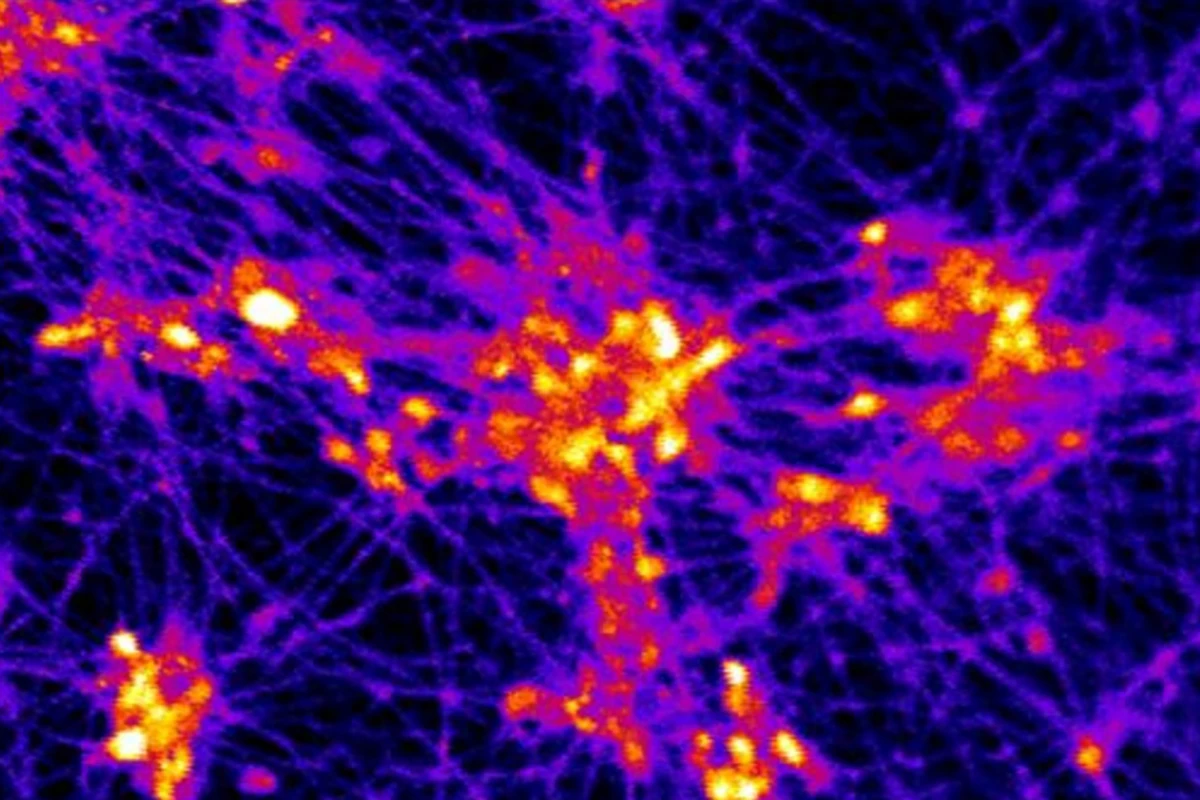Injecting reprogrammed stemcells into the brain to tackle neurodegenerative diseases isn't a newidea, but a new technique might significantly improve theeffectiveness of the treatment. A team of sceintists, led byresearchers at Rutgers University, has developed and conductedsuccessful animal tests of a three-dimensional polymer micro-scaffoldthat dramatically improves cell survival rates followingtransplantation.
While implanting neurons into the brain has the potential to become an effective treatment option for combating conditions such as Parkinson's disease, past attempts have failed to produce positive results. The problem with the treatment is that thesurvival rates of implanted neurons is extremely low, severelylimiting their potential impact.
The new work looked to improve thesituation by providing the cells with a scaffold that supports thegrowth of neuronal connections, which are capable of transmittingelectrical signals. The implanted neurons themselves are humaninduced pluripotent stem cells (iPSCs), which are generated fromadult stem cells via the introduction of the protein NeuroD1.
The team experimented with variousdifferent polymer fibers of differing density and thickness. Theyeventually settled on a relatively thick polymer, and found that theamount of space between the fibers was an extremely important factor.If the fibers were arranged too loosely, then the resulting networkis badly organized, but if its packed too tight there isn'tenough room for the cells to properly integrate with the scaffold.
"The optimal pore size was one thatwas large enough for the cells to populate the scaffold, but smallenough that the differentiating neurons sensed the presence of theirneighbors and produced outgrowths resulting in cell-to-cell contact,"said paper co-author Prabhas Moghe.
The finished micro-scaffold was testedin the lab, with the researchers implanting the tiny neuron-carryingscaffolds into brain slices from mice, via a hypodermic needle. Theeffectiveness of the scaffold was compared to that of individual dissociated cells, which were also injected into brain slices underlaboratory conditions. The results were extremely positive, with thescaffolding increasing cell survival dramatically, while promotingneuronal outgrowth and electrical activity.
Spurred on by those findings, theresearchers then injected the scaffold-support neurons into thebrains of live mice, once again alongside individual cells insolution. Compared to the unsupported cells, the scaffold resulted in a 40-fold cell survival rate increase. Those cells also expressedproteins involved in neural synapse growth, which strongly indicatesthat the implanted neurons are capable of integrating with the host'sbrain and functioning as intended.
While the testing has been extremelypositive, it'll be a long time before the treatment might becomeavailable to neurodegenerative disease patients. That said, theresearchers are hopeful that the technique might improve treatment,and are currently working to tailor it specifically towards tacklingParkinson's disease, fine-tuning scaffold materials to optimize thesurvival of dopamine-producing neurons.
The findings of the research werepublished in the journal Nature Communications.
Source: NIH




